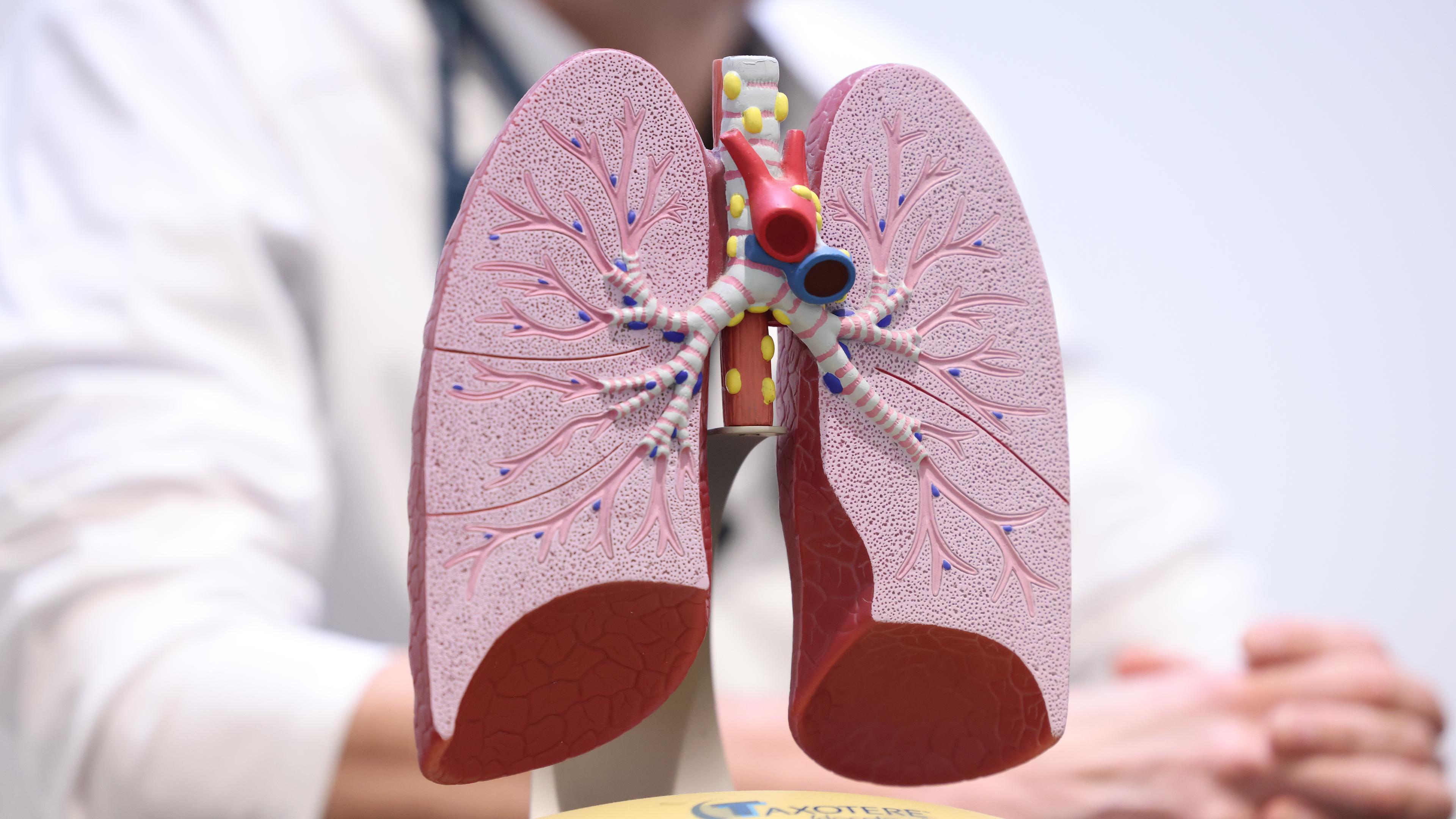Tips for healthy respiratory tract: How you can do your lung good

A deep breath when jogging, breathing at night, a relieved sigh after a long day – we owe all of these seemingly natural processes to one of the most complex and most powerful organs in our body: the lung. She works in silence, around 20,000 times a day, and continuously provides the fuel for every single body cell: oxygen.
If you look at the lungs, you first see two sponge -like organs, embedded in the chest, protected by ribs, crazy about blood vessels. But a masterpiece of biological architecture is revealed under the surface: in the lungs, the airways – from the trachea to the bronchi to the finest bronchioles – end up in the lungs – until they end in around 300 million tiny lung bubbles, the alveoli. If you were to be counted, there would be a surface of about 100 square meters – comparable to the area of a tennis court.
This huge area is necessary to absorb enough oxygen into the blood and to release carbon dioxide. The alveoli are so thin and finely built that the gas exchange takes place on a very short distance. The respiratory muscles, especially the diaphragm, ensures rhythmic inhaling and exhaling. When inhaling, the diaphragm spans, the chest area stretches, air flows into the lungs. When exhaling, it relaxes again – a perfectly coordinated interaction.
As powerful as the lungs are, it can be so sensitive. It is in direct contact with the outside world, breathes everything that is in the air: oxygen, but also fine dust, pollen, viruses, bacteria or cigarette smoke. In Luxembourg, about seven out of a hundred people have asthma – a chronic disease of the respiratory tract, in which the bronchi is hypersensitive.
On May 6th, those affected draw attention to the disease this year on the World Asthma Day. Asthma occurs in batches: shortness of breath, whistling breathing, coughing or feeling tight in the chest can suddenly occur, especially at night or early in the morning. The causes range from genetic predisposition to allergies to environmental factors.
It is no longer a secret that smoking harms the lungs. Photo: Finn Winkler/dpa
What the lungs are good
The lung itself also changes in the course of life: from the age of 25, the lung performance gradually decreases – a natural process that is accelerated by smoking or air pollution. The good news: the lungs are adaptable. Regular movement, fresh air and non -smoking strengthen the organ – and maintain its elasticity. Even after years of smoking, a smoke stop can promote regeneration.
It is not a muscle, but can be trained: the lungs benefit enormously from physical activity. A walk a day a day stimulates the circulation and deepens breathing in peace. Endurance sports such as cycling, swimming or Nordic walking look even better. Not only is the respiratory rate increased, but also improved oxygen intake.
A conscious handling of room air also makes sense. Dry heating air, pollutants made of furniture or lack of ventilation can irritate the airways. Regular ventilation, houseplants for air purification and a waiver of fragrance sprays or aggressive cleaning agents support the breathing climate. Despite its central role, the lungs are often ignored – until it causes symptoms. The first signs such as more often cough, shortness of breath with low loads or whistling breathing noises should be taken seriously. Smokers in particular, people with allergies or family preload should have their lung function regularly checked.
The kidneys in check: the most important laboratory values
A lung function test – the so -called spirometry – provides important information about the breathing volume and the performance of the lungs. If a chronic disease such as asthma is recognized early, it can be treated well – with inhalative medication, an individual therapy plan and targeted behavioral training. Anyone who suffers from shortness of breath, chronic cough, recurring infections or a feeling of tightness in the chest for a long time should obtain medical advice. A sudden decrease in resilience can also be a warning signal. In these cases, a lung function test can be revealing. Early diagnosis and targeted therapy not only help to relieve the respiratory tract – they also protect the Lungs Wunderwerk in the long term.








